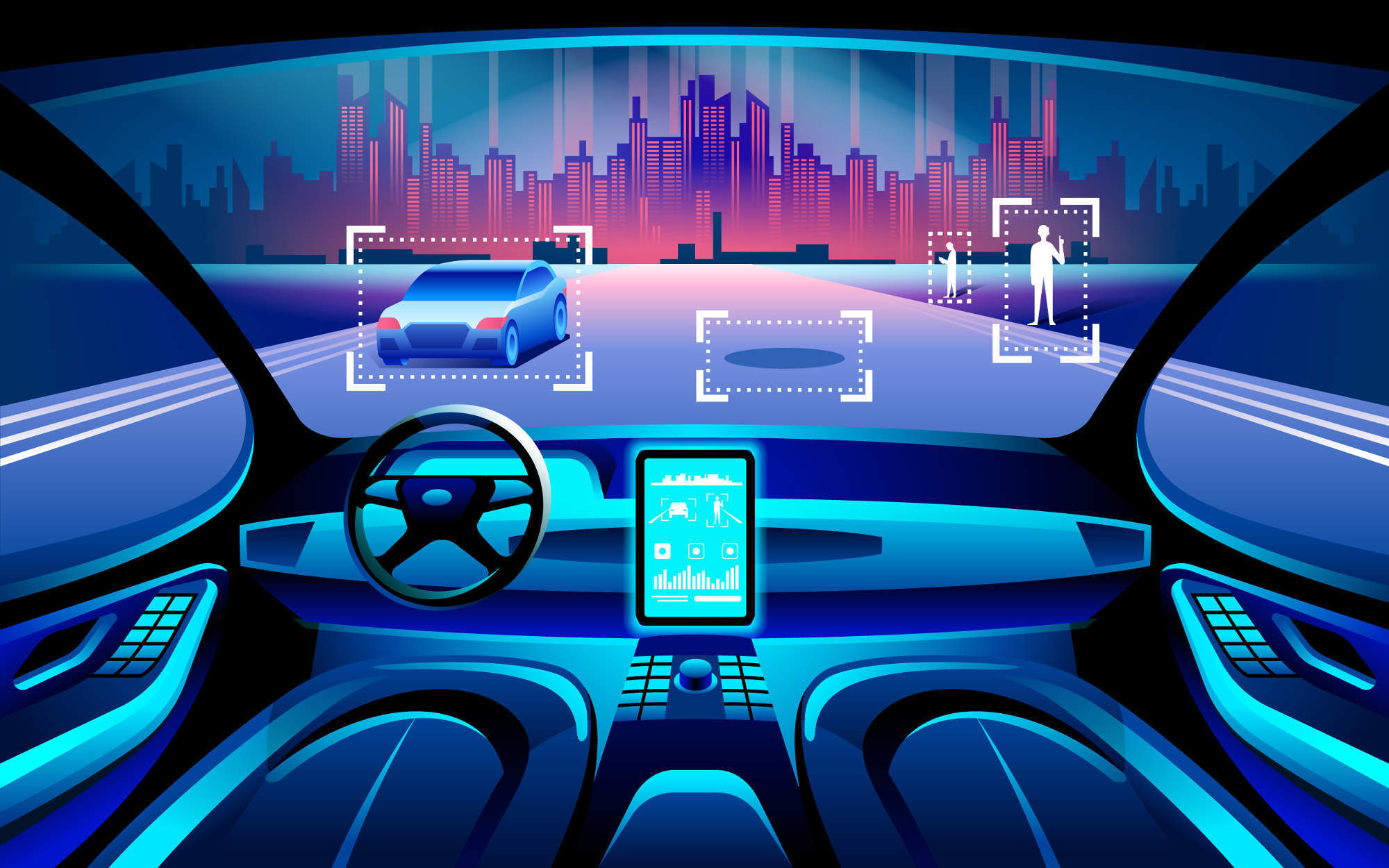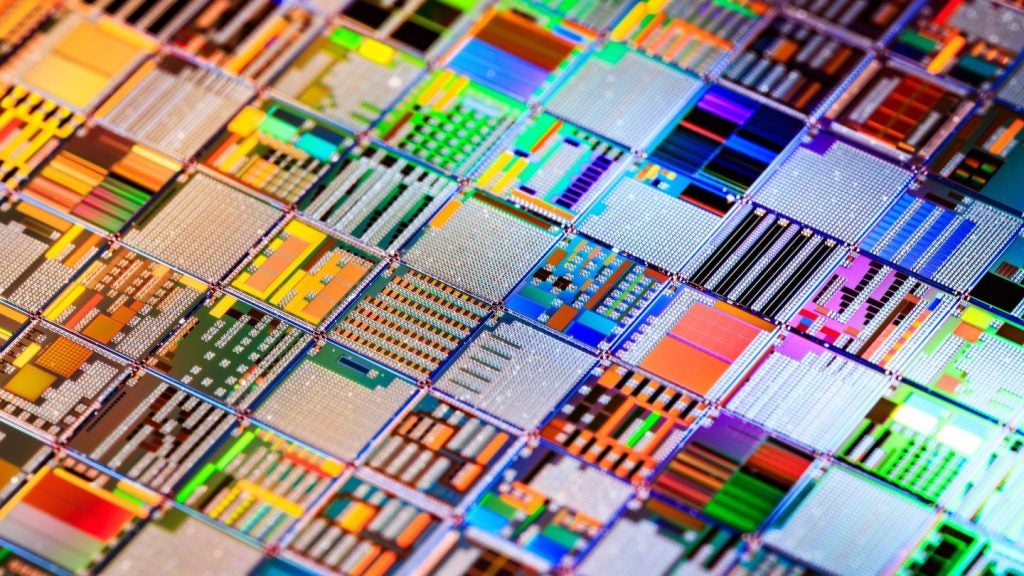The driverless car market is awash with unexpected challengers.
While the traditional car companies are seemingly the king makers, its Google and Uber that are generating headlines. But quietly, a company that’s known for making the chips that go into gaming PCs is leading in the race for the brains of the autonomous vehicles.
NVIDIA‘s share price has doubled over the last six months.

Its bread-and-butter has been the gaming market. With a very demanding audience of gamers, the company has been at the forefront of affordable high power computing.
Along with its artificial intelligence (AI) research, it’s been perfectly positioned to be a player in future of mobility.
How well do you really know your competitors?
Access the most comprehensive Company Profiles on the market, powered by GlobalData. Save hours of research. Gain competitive edge.

Thank you!
Your download email will arrive shortly
Not ready to buy yet? Download a free sample
We are confident about the unique quality of our Company Profiles. However, we want you to make the most beneficial decision for your business, so we offer a free sample that you can download by submitting the below form
By GlobalDataThe powerful so-called Pegasus platform will be available to the automotive industry by the middle of next year. The chipset can compute 320trn operations per second, making 13 times more powerful than its predecessor.
This level of computational horsepower provides vehicles with the intelligence to operate completely autonomously.
German courier and delivery comany Deutsch Post will be using this very technology to operate logistics vehicles on the private roads within freight processing centres as early as 2019.
This puts Nvidia ahead of more well known tech titans such as Intel whose programme with BMW should be operational by 2021. It’s not all bad news though for Intel, who’ve ousted Nvidia for Tesla’s infotainment suite.
It’s not just the hardware side of the gaming industry which is finding the self driving car market furtive. Videogames offer virtual spaces outside of the crushing realities of budgetary constraints and pedestrian safety.
The sandbox of Grand Theft Auto 5’s simulated city has proved the perfect environment of multiple stimuli to test the underlying algorithms. Princeton University’s professor Alain Kornhauser calls the game “is the richest virtual environment that we could extract data from” for autonomous vehicle testing.
Driverless vehicles are unlikely to be on roads this decade: delayed technological immaturity and more concrete factors around insurance and legislation. Until then the digital roads on San Andreas and alike prove the next best proving grounds.
It is city simulacrum wherein the video games industry undoubtedly leads. Like autonomous vehicles, smart cities are in our near future. It is a domain which also lends itself to gaming’s vast digital worlds.
Using real world APIs and blockchain, HeroEngine World is creating facsimiles of real cities using real data to model scenarios for municipalities and emergency services.
What is ostensibly the platform which used build a Star Wars online game, now trains first responders in Toronto.
Commoditised virtual reality has made applications for gaming’s digital worlds seemingly endless and it has proved a virtual playground for smart cities and driverless vehicles, but equally could be used teach history to children with time travelling tourism.
Technology markets have always been open to disruption. Whilst it should be the domain of the IT hardware giants: It seems that gaming is leading the driverless vehicle race.
The industry is heading into other markets as well and companies should team up while they still can or it could be game over.








Related Company Profiles
Intel Corp
NVIDIA Corp
Google LLC